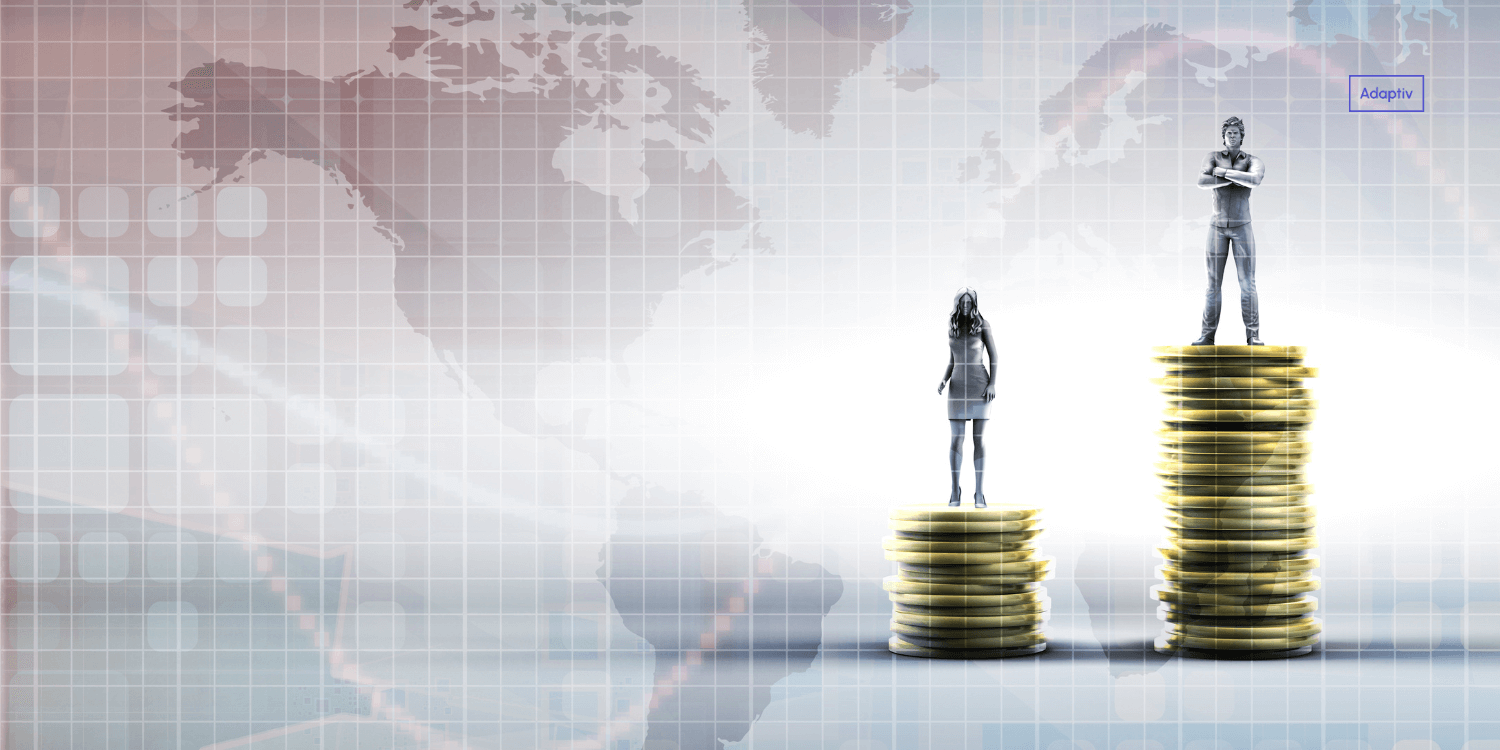Will AI put women's careers at risk?

Gender gap in economic participation and opportunity remains the biggest hurdle in women’s participation in future-ready roles. The persistent lack of women in technical roles, and leadership positions has been further impacted by the pandemic. How can women bridge this gap and level the playing field?
What is the Gender Gap and why are we talking about it?
The World Economic Forum defines gender gap as “the difference between women and men as reflected in social, political, intellectual, cultural, or economic attainments or attitudes.”
The global Gender Gap Index measures this disparity in 4 areas: health, education, economics and politics.
In education the gap refers to the lack of access to higher education, while health examines life expectancy and access to health care. In politics, it measures the representation of women in decision-making organizations. In economics, the gender gap is seen in the difference in salaries, and the difference in participation of women in certain roles.
According to the last World Economic Forum report, published in July 2022, it will take 132 years to close the gender gap worldwide.
The pandemic only aggravated the situation by taking away some of the opportunities that had opened up in the previous years. LinkedIn, the International Labour Organisation and Ipsos, have all reported that unemployment in women shot up in 2019, while hiring of women in leadership roles showed a sharp decline in 2020. The wide-scale automation and digitization of work, accelerated by the arrival of the pandemic has also contributed to the gender gap at the workplace.
How does the gender gap affect the role of women in the future of work?
More than 80% of organisations accelerated adoption of automated processes and pushed towards more digitization over the last year, which is going to lead to the disappearance of several roles over the next few years. Given the lower participation of women in roles requiring technical skills, such as engineering and computing, this is going to make it even more difficult for women to bridge the gap.
An analysis of the job clusters of the future in the 2021 report, revealed that women have very poor representation in future-proof roles such as AI specialist, cloud consultant, data scientist, growth manager, or even digital marketing manager. There is however a very high representation of women in content creation, social media and human resources.
The rapid strides being made by AI powered text generators (GPT and its competitors), automated translation and platforms making it easier to create and share social media assets are going to lead to the disappearance of roles in content creation and social media. Several functions in HR are also getting automated, leading to higher competition for the few remaining roles.
What does this mean for women?
If women aren’t provided greater access to opportunities, allowing them to upskill and acquire the necessary digital and technical skills for the future, they will find themselves relegated to the back. While women continue to be a minority for university courses in technical subjects, the WEF report highlights that an increasing numbers of women are pursuing online education with the purpose of acquiring skills, reskilling and upskilling.
At Adaptiv, we are working to help young people identify and choose the right path based on their career goals. Our micro-learning modules will enable young women to bridge their skill gap, by acquiring the understanding required to acquire digital and technical skills and level the playing field to have a fair chance at competing in the job market of the future.

